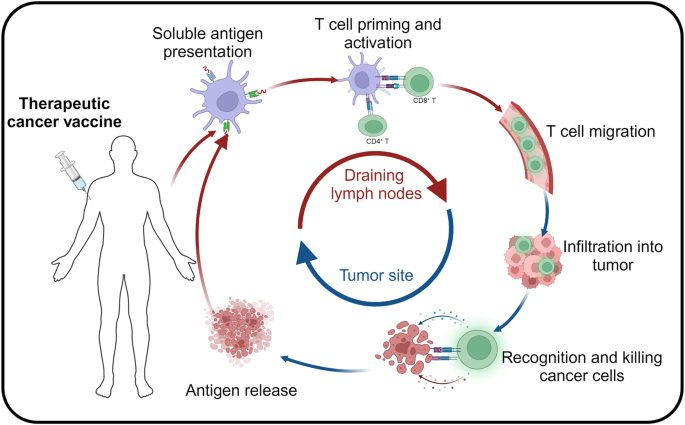Last Updated on April 29, 2025 by Muhammad Ramzan
Transmissible Spongiform Encephalopathies (TSEs) are a group of fatal neurodegenerative diseases caused by prions—misfolded proteins that trigger a destructive chain reaction in the brain. Unlike bacteria, viruses, or fungi, prions contain no DNA or RNA, making them highly resistant to treatments that typically work for infectious diseases.
Despite decades of research, there is still no cure for TSEs, including Creutzfeldt-Jakob Disease (CJD), Fatal Familial Insomnia (FFI), Bovine Spongiform Encephalopathy (BSE or “Mad Cow Disease”), and Chronic Wasting Disease (CWD). The lack of a cure stems from several scientific and medical challenges, from the unique biology of prions to difficulties in early detection and treatment delivery.
This article explores why treating TSEs remains one of the biggest challenges in medicine and what scientists are doing to overcome these obstacles.
1. The Unique Nature of Prions
Prions Are Unlike Any Other Infectious Agent
Most infectious diseases—like bacterial infections, viral illnesses, or fungal infections—can be treated by antibiotics, antivirals, or antifungal drugs that target specific aspects of the pathogen’s biology (like DNA replication or cell wall synthesis).
However, prions do not have DNA or RNA. Instead, they are simply misfolded proteins that spread by forcing normal proteins to adopt their abnormal shape. Since they are just proteins, traditional drug treatments that target genetic material or cell division do not work.
- Extreme Resistance to Destruction
- Prions are incredibly resistant to destruction by:
- Heat (they survive normal sterilization procedures)
- Radiation (which destroys genetic material in viruses and bacteria)
- Chemical disinfectants (prions persist even after exposure to strong agents like formaldehyde)
This resistance makes it very difficult to eliminate prions once they infect the brain or enter the environment.
2. Late Diagnosis: The Silent Progression of TSEs
One of the biggest challenges in treating TSEs is that symptoms appear long after the disease has begun spreading in the brain.
Long Incubation Periods
TSEs often have incubation periods of years or even decades before symptoms emerge. By the time neurological symptoms appear—such as memory loss, coordination problems, and personality changes—significant brain damage has already occurred.
No Early Diagnostic Test
There are no simple blood tests or scans that can reliably detect TSEs before symptoms appear. Current diagnostic methods include:
- Brain MRI scans (which only show abnormalities in later stages)
- Cerebrospinal fluid tests (which detect markers of prion damage but only in advanced cases)
- Brain biopsies (the most definitive test but highly invasive and risky)
Without early diagnosis, any potential treatment would only be administered after the disease has already done irreversible damage.
3. Rapid Disease Progression Once Symptoms Appear
Once symptoms of TSEs begin, they progress rapidly, often leading to death within a few months to a year.
Unlike some neurodegenerative diseases like Alzheimer’s or Parkinson’s, which progress over many years, TSEs destroy brain tissue at an alarming rate. This means that even if a treatment were developed, it would need to work very quickly to be effective.
4. The Blood-Brain Barrier: A Major Obstacle for Drug Delivery
The blood-brain barrier (BBB) is a protective layer of tightly packed cells that prevents harmful substances from entering the brain. While it helps keep toxins and infections out, it also makes it extremely difficult for drugs to reach the brain, especially large molecules.
Most experimental TSE treatments fail because they cannot cross the blood-brain barrier efficiently or reach the affected areas in sufficient concentrations.
5. No Natural Immune Response to Prions
The immune system is ineffective against prions because:
- Prions are made of the body’s own proteins, so the immune system does not recognize them as foreign invaders.
- Unlike viruses and bacteria, prions do not trigger an immune response, meaning vaccines or immune-based therapies are unlikely to work.
- This makes it nearly impossible for the body to fight off a prion infection once it begins.
6. Lack of Effective Treatment Targets
Many diseases have specific molecules or processes that drugs can target, such as enzymes in bacteria or proteins involved in cancer cell growth.
- For TSEs, scientists have struggled to find a drug target that can stop prion replication without harming normal brain functions. Potential approaches include:
- Blocking prion misfolding (but prions replicate too quickly)
- Suppressing prion protein production (but normal prion proteins have essential functions in the brain)
- Using antibodies to clear prions (but prions evade the immune system)
So far, no treatment has successfully stopped prion diseases in humans.
7. Challenges in Clinical Trials for TSEs
Even if a potential treatment were developed, testing it in human trials presents major challenges:
- TSEs are rare, making it difficult to recruit enough patients for large-scale trials.
- Long incubation periods mean that a treatment must be tested over years or decades to confirm effectiveness.
- Rapid disease progression in symptomatic patients makes it difficult to test whether a drug slows or reverses symptoms.
- These factors slow down research and make drug approval processes difficult.
Current Research and Future Hope
- Despite these challenges, scientists are actively working on new strategies to combat TSEs:
- Gene-silencing therapies (using RNA-based approaches to reduce prion protein production)
- Small molecules to block prion misfolding
- Monoclonal antibodies (lab-made proteins that may neutralize prions)
- Prion-resistant gene editing (using CRISPR to modify the PRNP gene and prevent disease)
- Several experimental drugs, such as PRN100 and anle138b, have shown promise in animal models, but no treatment has yet been proven effective in humans.
Conclusion
TSEs remain one of the most difficult diseases to treat due to prion resistance, rapid disease progression, challenges in early detection, and the inability to target prions without harming normal brain function. The lack of immune response and drug delivery barriers further complicate potential treatments.
While no cure exists yet, ongoing research into prion biology, gene therapies, and novel drug approaches offers hope. Scientists continue to search for ways to stop prion replication, detect diseases earlier, and develop therapies that can penetrate the brain effectively.
For now, prevention through strict food safety, medical sterilization, and genetic counseling remains the best defense against these fatal diseases.
The road to a cure is long, but with new biotechnologies and deeper understanding of prion diseases, the future may hold breakthroughs that could one day make TSEs treatable—or even preventable.








